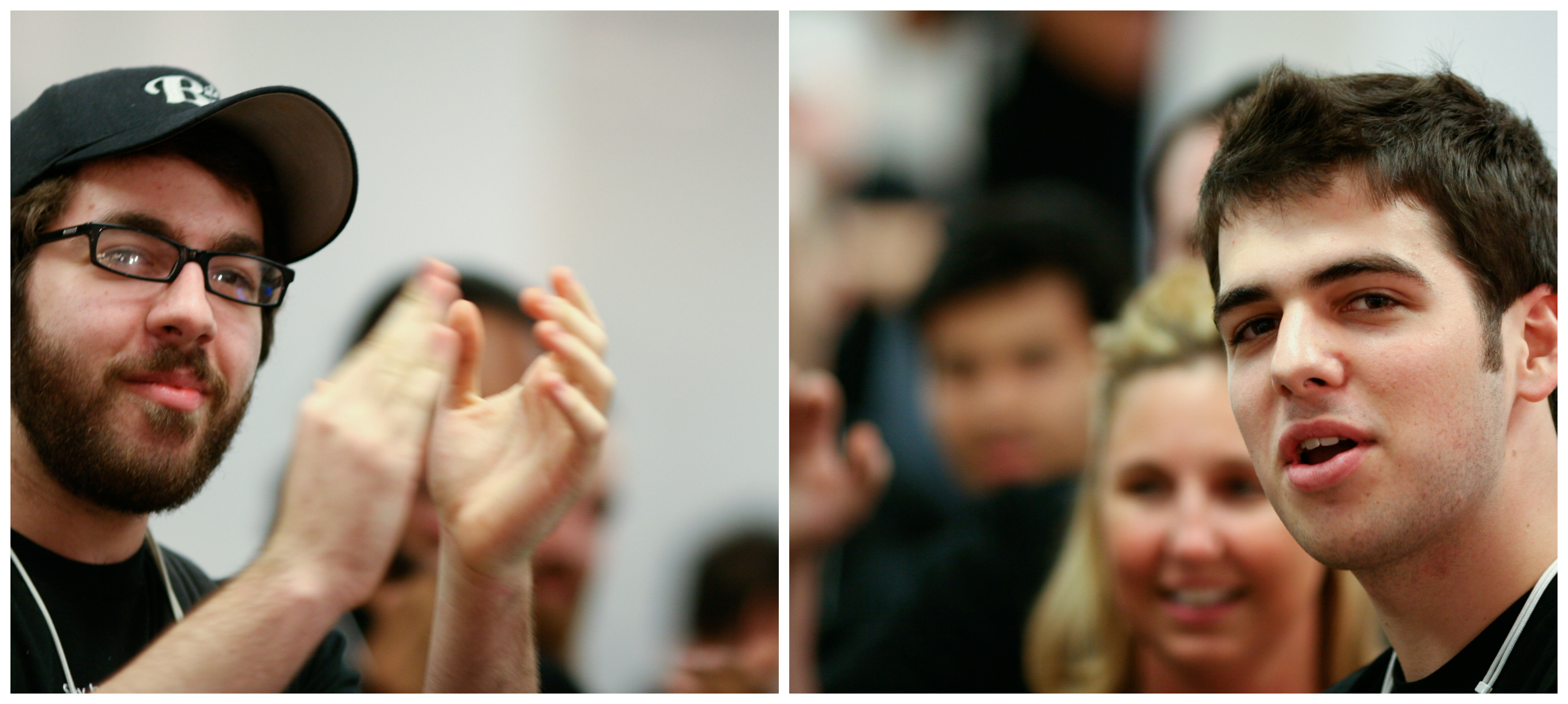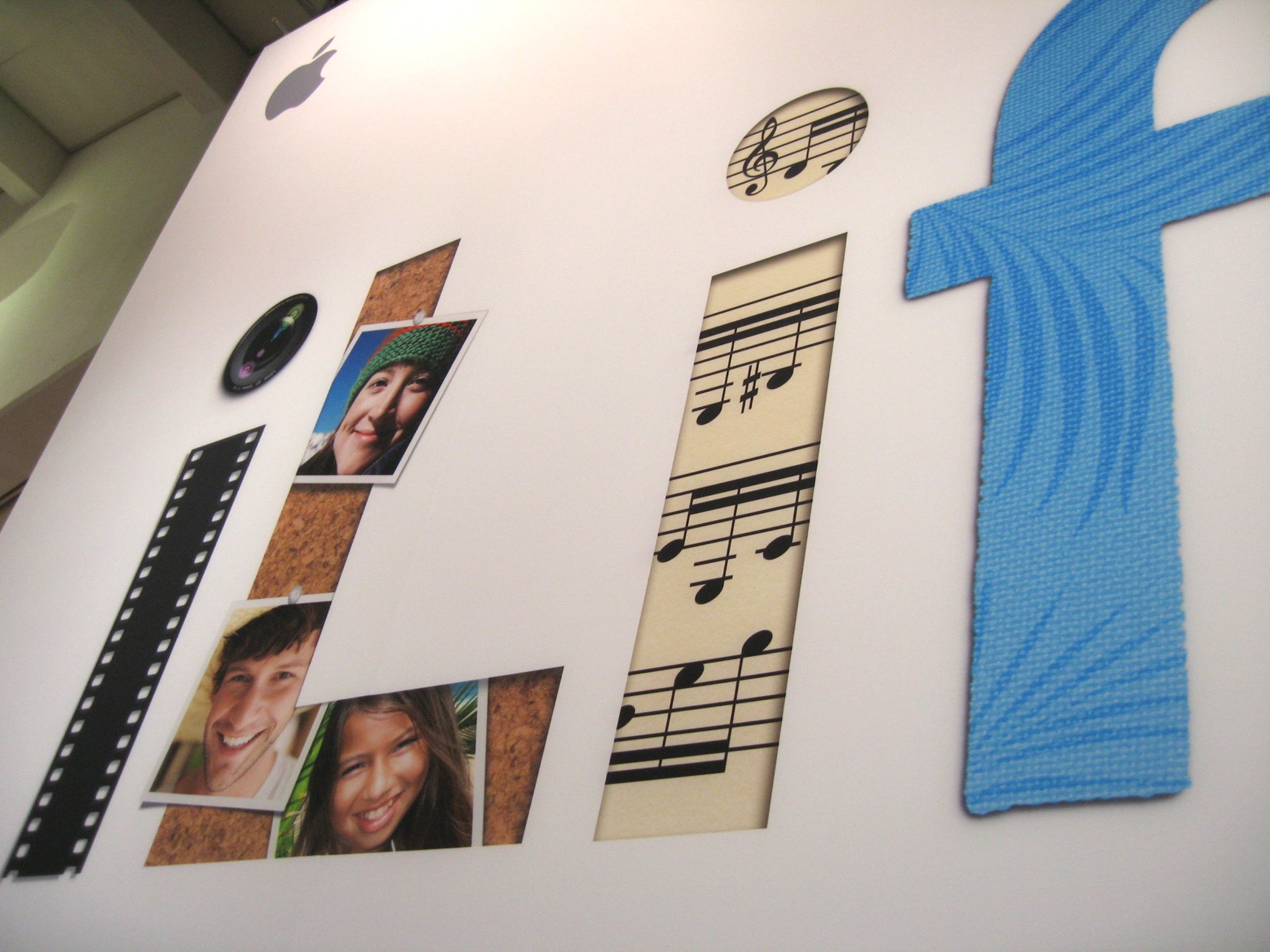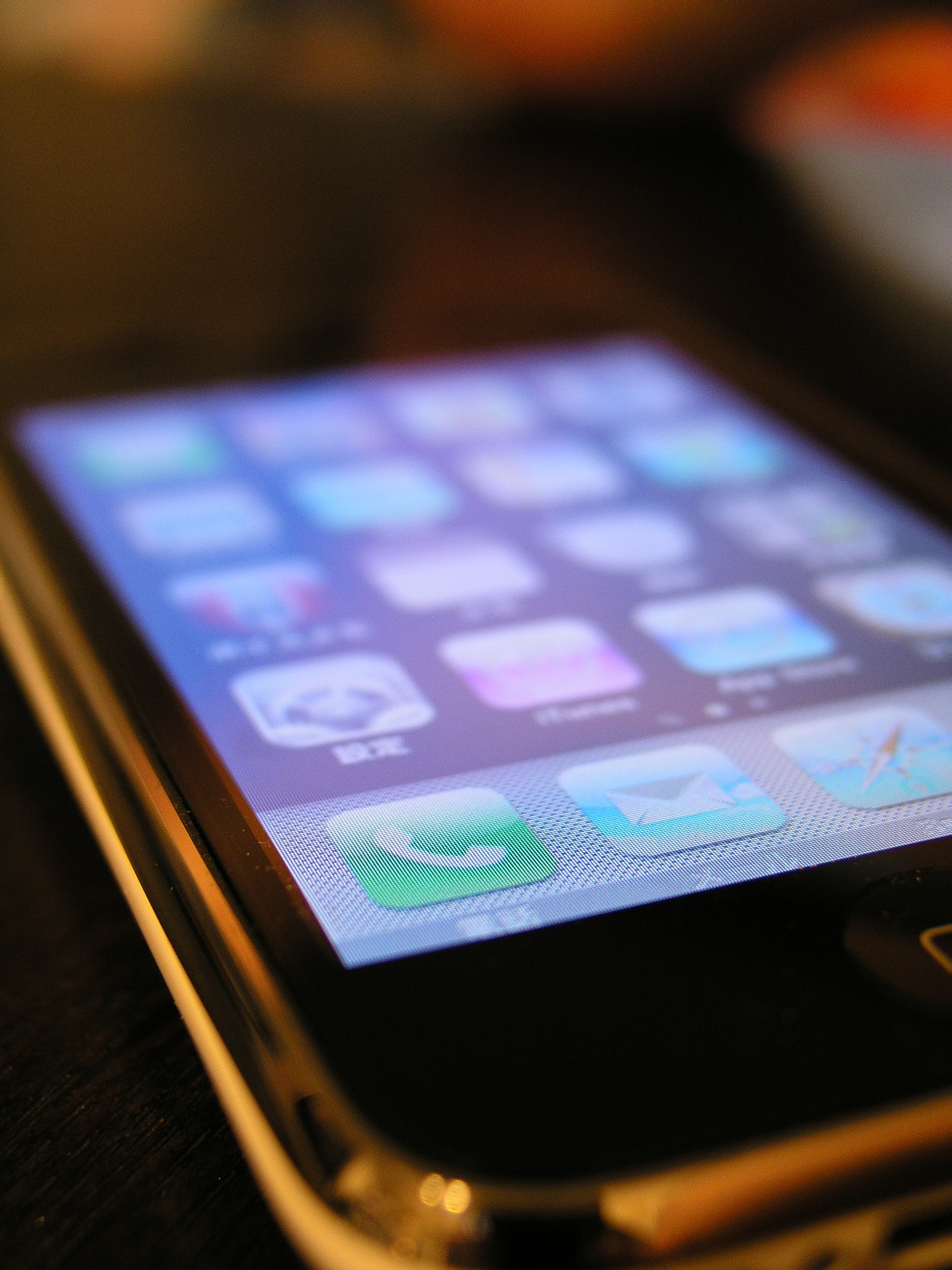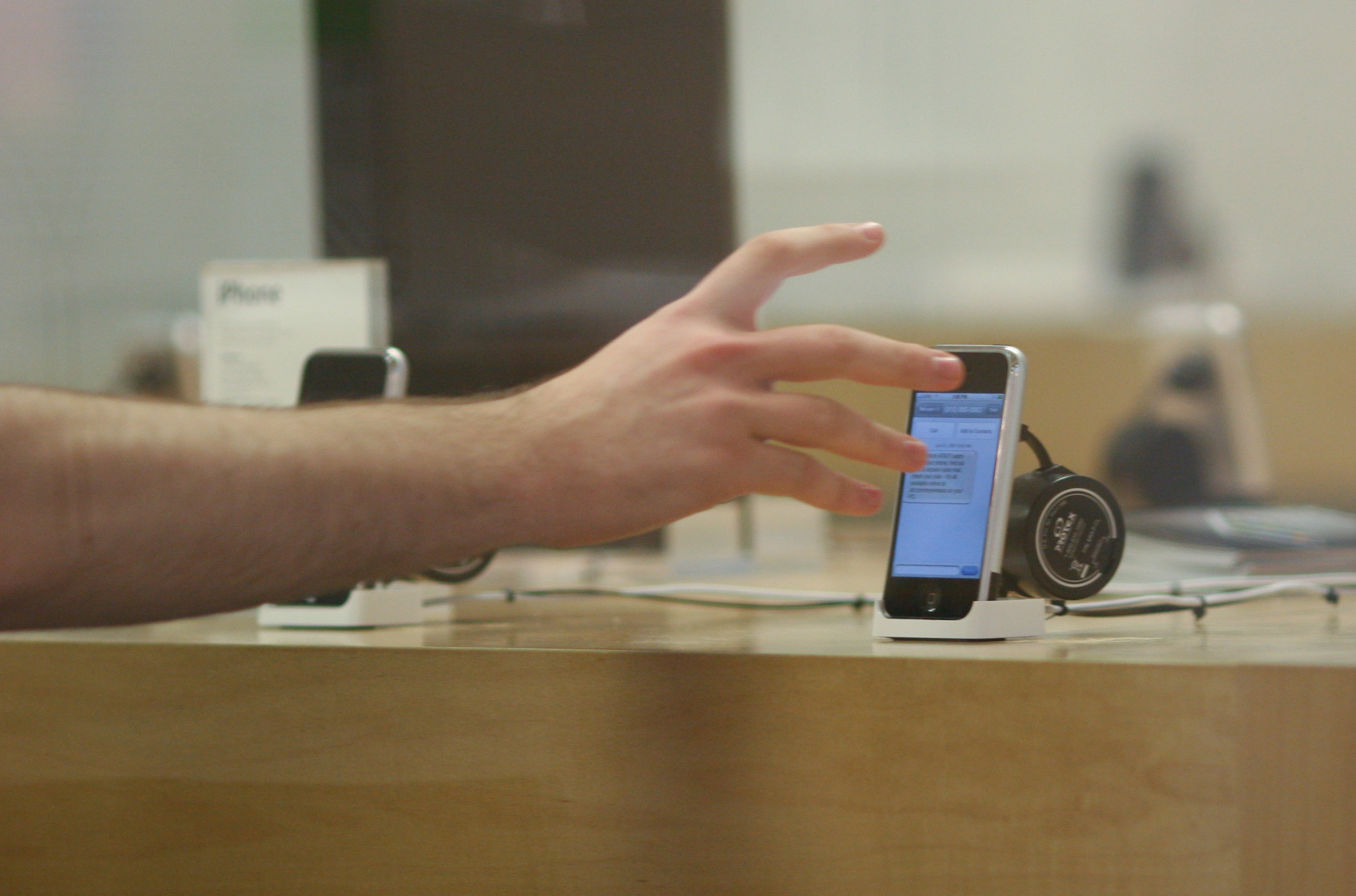Two years ago today, Apple launched the original iPhone. In June 2007, I described using Apple’s smartphone as “life changing.” Despite my grumpiness about iPhone battery life and 3G call quality, I stand by the description.


Two years ago today, Apple launched the original iPhone. In June 2007, I described using Apple’s smartphone as “life changing.” Despite my grumpiness about iPhone battery life and 3G call quality, I stand by the description.

My reaction to Microsoft Hohm is mixed. The branding and marketing are quite clever, and that’s yet another welcome change. More fundamentally, Hohm is yet another example of Microsoft chasing Google’s tail. Maybe Microsoft should conserve some energy by taking a shorter path rather than tagging behind the weaving Google.

Microsoft has abandoned the fundamental principles that made it the most successful software company of the last decade and ensured its software would be the most widely used everywhere. But in just three years, since 2006, startups and Apple have set a new course for technology and how societies use it.
For Microsoft, this change is scarier than movie “Quarantine.” Without a course correction, Microsoft in the 2010s will be very much like IBM was in the 1990s. That’s no place Microsoft should want to be.

Microsoft has reached a surprising, and quite unexpected, fork in the road to its future. Choices the company makes today and over the next 12 months will determine whether computing relevance shifts away from its products.
The company has abandoned the fundamental principles that made it the most successful software company of the last decade and ensured its software would be the most widely used everywhere. Understanding those principles, and how they shaped Microsoft’s past, are important for understanding what the future might be.

Seriously, it’s kind of a “d`uh” question. Apple released iLife for Macintosh in January 2003. Every year or so, the suite gets better, with no Windows developer offering anything comparable. Isn’t it about time?
I fault Microsoft for not developing something equivalent, although, I concede, the company has the makings of a placeholder offering while working on something better (more on that in a few paragraphs). Microsoft should have stepped in when its partners didn’t.

For weeks, I’ve been meaning to post something about my minimalistic home office. Today, jkOnTheRun’s James Kendrick posted on his “clean minimalistic office,” which got me off my procrastinating butt.
I’ve worked out of a home office for more than a decade. People don’t ask as much about it as they did in 1999, when many fewer people worked remotely. But when there are questions, the first usually is: “How do you keep from getting distracted? You know, watching TV and stuff?”

Late Friday, I started using Nokia’s hot new smartphone, the highly-anticipated N97. My first impression is “WOW.” This is the cell phone—eh, smartphone—I always wanted.

Historically, early technology adopters have paid more to get their goodies. Pick a category: Big-screen TV, color TV, Blu-ray player or recorder, car phone, cell phone, digital camera, DVR, high-speed broadband, MP3 player, VHS player, VHS recorder, Walkman, etc., etc., etc. Early adopters paid a price premium. If they want the newest thing, they pay more.
But with iPhone 3GS, that “pay more” comes at a price hard for some people to accept. Many existing US iPhone 3G owners are whining about not being eligible for discounted iPhone 3GS pricing. I say: Tough luck. You want the newest thing, you’re going to have to pay for it.

The most successful companies share several attributes in common. Among the most important: They sell a lifestyle. Apple has effectively done this with multiple products, which is unusual. There are separate, yet related, iPod, iPhone and Mac lifestyles. But many buyers pay a premium price to join the Mac club.
There are plenty of other examples. The Harley Davidson lifestyle is the graying, middle-aged guy, dressed in leather and riding his hog or the stereotypical Hell’s Angels type. Pepsi sells a lifestyle, too. In my youth, it was the “Pepsi Generation.” Now it’s the active, youth sports lifestyle around Mtn. Dew, among other Pepsico products.

Last week, I heard Stephen Stills song (circa 1970), “Love the One You’re With,” while shopping at a supermarket. Some advice to heavy texters: Be with the ones you’re with. If you’re with a bunch […]

Robert Scoble has been the talk of the Web today, for getting booted from Facebook. Robert is back on Facebook now, but he shouldn’t be. Facebook suspended the former Microsoft evangelist blogger for a terms-of-service violation. He used a testing Plaxo tool to mine, or “scrape,” information from about 5,000 of his contacts. [Editor’s note, April 4, 2017: Three Scobelizer posts gone; links removed.]

Tonight, I removed Adobe’s Lightroom 1.3 from my computer. Maybe that makes me part of the so-called “tinfoil” hat crowd. I’m deeply concerned about Adobe collecting information, in apparently disguised fashion, from users of its products.
I don’t buy Adobe’s excuses. Creative Suite 3 isn’t freeware. People buying the software can pay as much as $1,800 (street price), depending on CS3 version. Adobe feels free to mine information from these customers, without even asking their permission? Shame on Adobe. I would remove Acrobat and Flash, if so many Websites didn’t use the software. I’m mad!